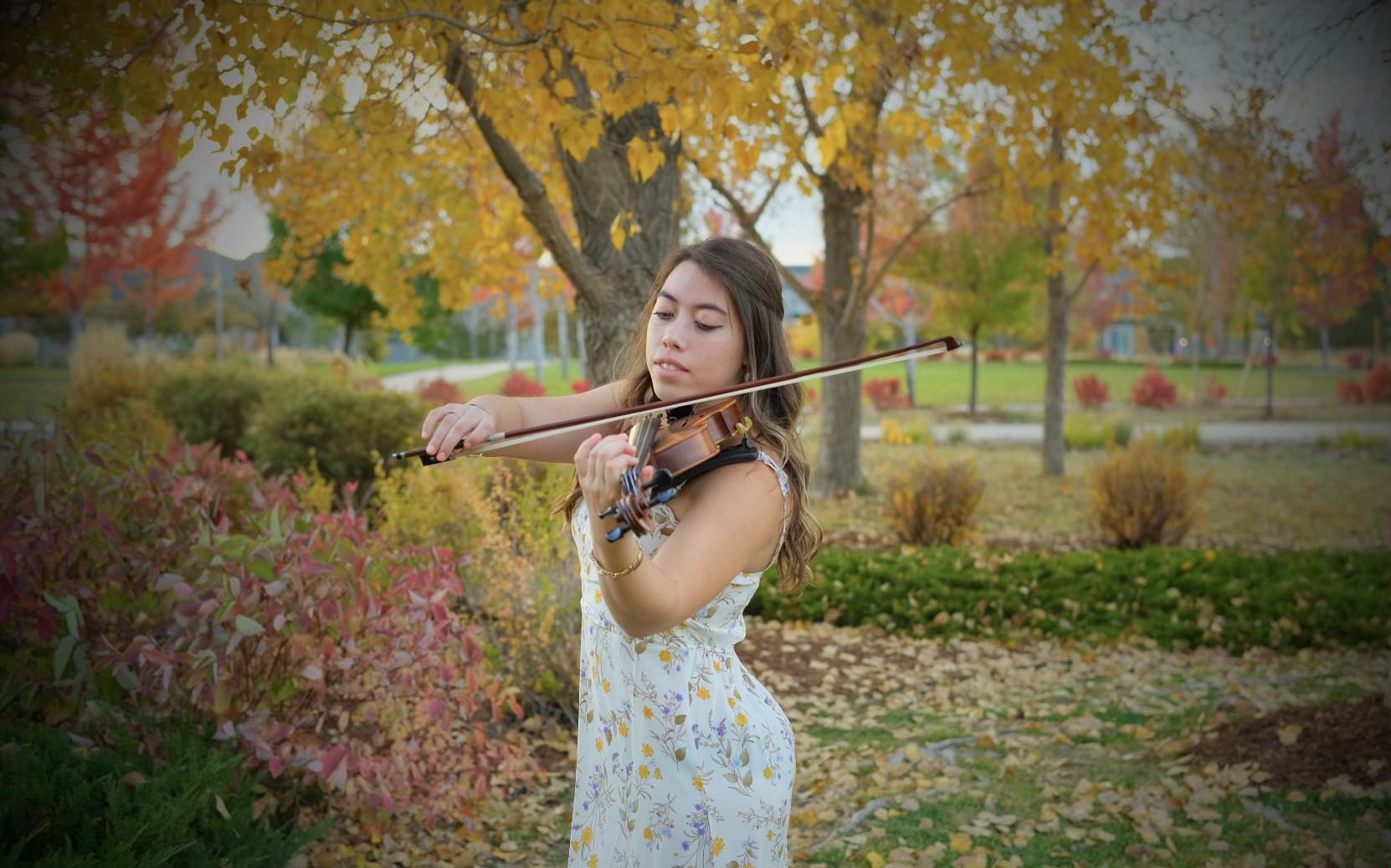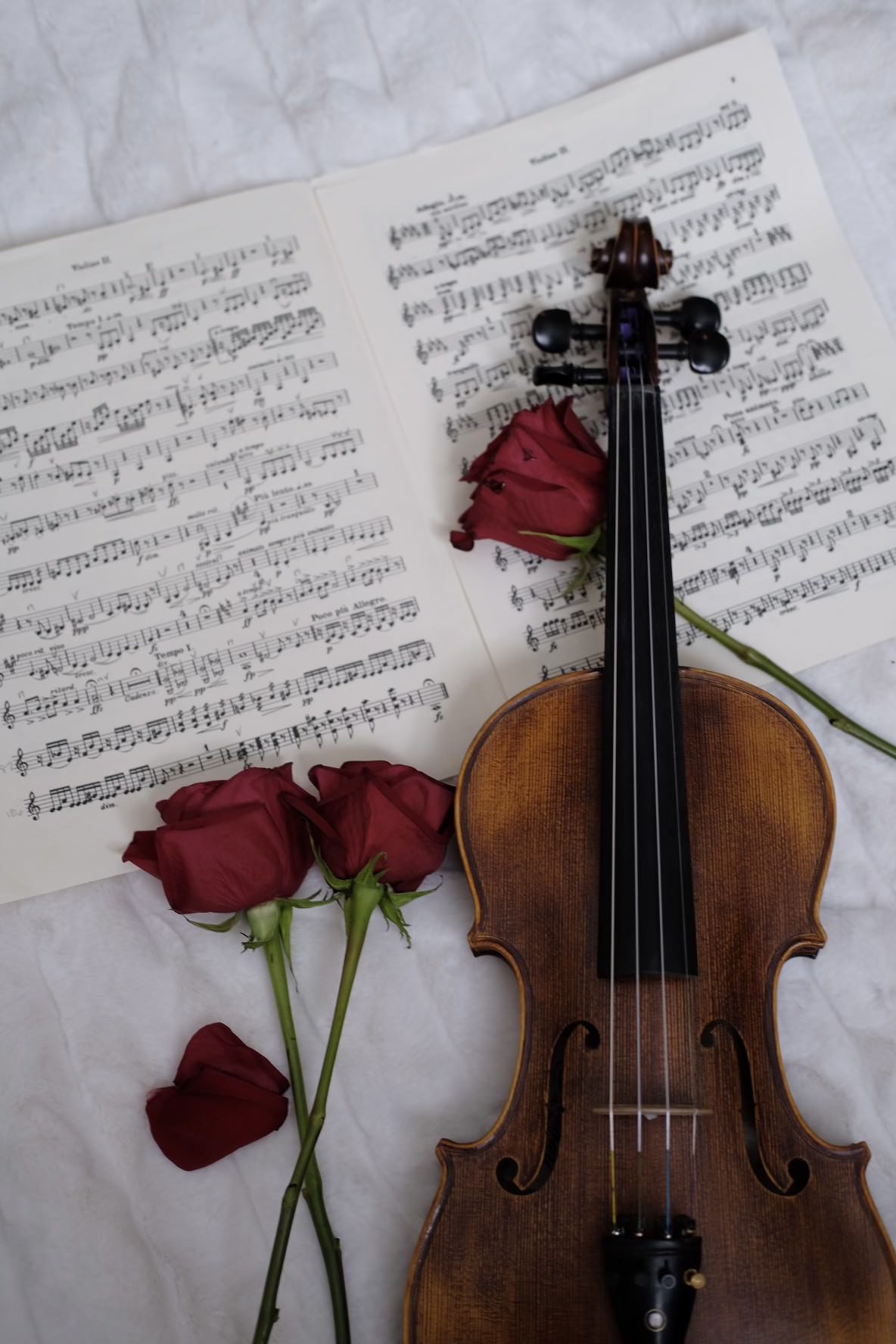I provide a comprehensive and versatile approach to violin education suitable for students of all ages and levels of experience. I teach a wide range of styles including classical, baroque, jazz, fiddle, pop, and more, ensuring that each student can explore their musical interests and develop a diverse skill set.
If a student brings pieces they would like to learn I am always open to working on other pieces outside of method books. I can always help with auditions and orchestral repertoire. Otherwise this is the general curriculum I follow:
For beginners, I focus on building a strong foundation In violin playing. I guide students through books such as Essential Elements for Strings or Sound Innovations to start. At this stage students learn:
After completing their first book, I introduce Suzuki books 1-3 where they will learn these skills:
*During Suzuki book 2 I introduce scale books to work alongside their repertoire.
*During Suzuki book 3 I introduce 3rd and 5th position etudes to study alongside their repertoire.
At an intermediate level, students are introduced to Suzuki books 4-6 where they will learn these skills:
*During Suzuki book 4 I introduce vibrato exercises, books, and videos for study.
*Upon completion of 3rd and 5th position etudes, I introduce 2nd, 4th, 6th, and 7th position.
Beyond Suzuki book 6:
The Suzuki series continues until level 10. However, after completing book 6 I find that the student is well equipped with the skills to explore advanced repertoire outside of these method books. This includes studies of advanced bowing techniques, Schradieck and Kreutzer etudes, advanced scales, etc.
I like to note that although I teach through Suzuki books 1-6, I do not use the Suzuki method to do this. The Suzuki method is based heavily on repetition, ear-training, and graded repertoire. Although ear-training is important to study, I find it's more beneficial at the early stages to learn to read music instead of depending solely on your ear-training. Especially for orchestral players, learning to read music is crucial for those learning to play more music outside of their solo repertoire. I also don't grade repertoire as I don't want each piece to feel like homework, I want each student to enjoy the pieces they are playing.




